Search
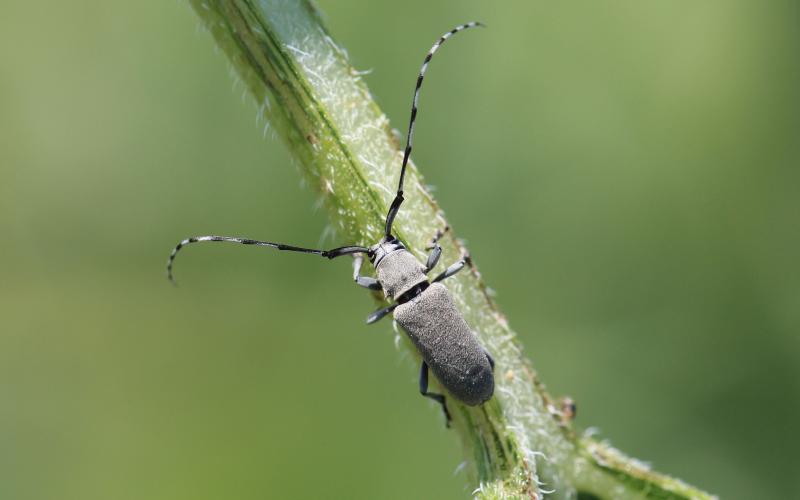
Dectes Stem Borer Adults Active in Sunflower
In South Dakota, one of the insects that is commonly observed in sunflower is the Dectes stem borer larva. At this point in the season, adults are beginning to become active with females laying eggs in sunflower plants.

Say’s Stinkbug Present in Western S.D. Wheat: Do I Spray?
While looking at winter wheat at the new SDSU West River Research Farm near Sturgis, we came across some very large stinkbug populations in a few areas of the field. The stinkbugs we observed were the Say’s stinkbugs. Although stinkbugs have the potential to reduce wheat yields, this is attributed with feeding that occurs between the late boot and milk stage.
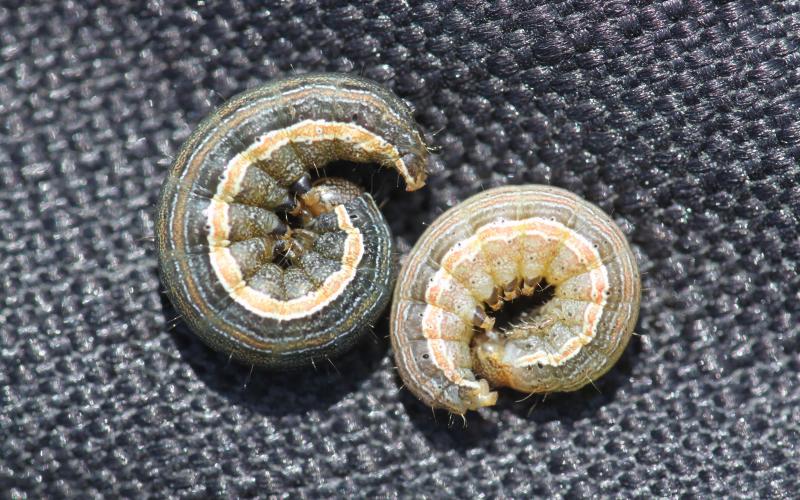
Watch for True Armyworms in Wheat
This week we observed some true armyworm caterpillars in winter wheat fields. The caterpillars were still relatively small, which means they will continue feeding for some time. So far, the true armyworm caterpillars were still feeding on the leaves of the nearly mature wheat, but they have the potential to also clip heads off of the plants.

Bacterial Blight Common in Soybean Fields
Several soybean fields scouted the week of July 15, 2019 were found with bacterial blight developing. The frequent rains experienced in most soybean growing counties have led to the development of this disease. Bacterial blight affected leaves are most evident on younger leaves in the upper canopy.

Fusarium Root and Crown Rot Developing in Corn
A few corn fields scouted in Brookings County were found with Fusarium root rot at low levels. Infected plants were wilting and upon splitting of the lower nodes revealed brown discoloration of the pith. Root and crown rots developing in corn after the seedling stage are usually caused by Fusarium spp. and can be enhanced by injury to the roots or crown, mainly by insect feeding.
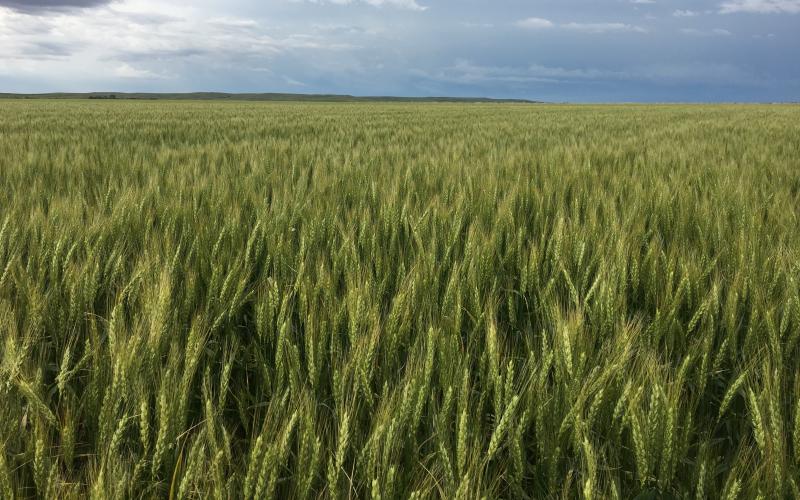
Small Grain Pre-Harvest Options
Consider pre-harvest herbicide applications in crop ground planted with small grains that are grown for seed or forage. Dense weed populations may inhibit harvest, therefore proper control of them early in the growing season is best.

Herbicide Interactions With Cover Crops After Oats
After oats have been harvested, options exist to keep a living root in the soil. This can be done through growing cover crops. In 2018 an on-farm trial was preformed near Salem, South Dakota to observe how cover crops grown after oats would germinate after common herbicides had been applied.
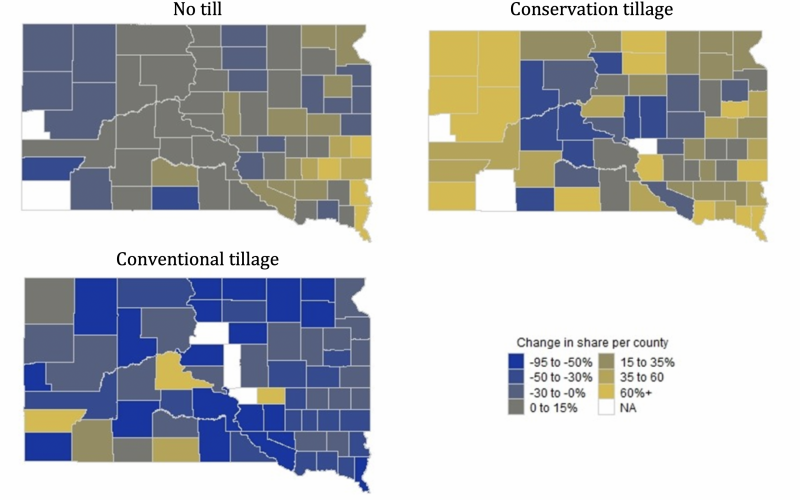
Soil Conservation Practice Adoption Status at the S.D. County Level: 2012–2017
An increasing number of farmers across the state of South Dakota have adopted different soil conservation practices such as no-till, conservation tillage and cover crops. Over time, these practices play significant roles in improving soil health and increasing soil resilience towards extreme weather conditions.
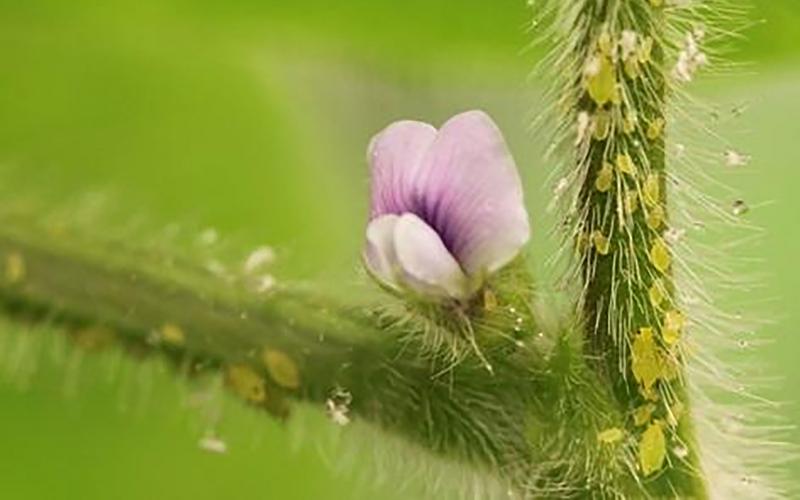
Small Populations of Soybean Aphids Observed in South Dakota
While scouting fields last week, we observed small populations of soybean aphids near Volga, South Dakota. Although no sustained populations were observed, it is a good reminder that soybean aphid scouting should occur throughout the growing season to prevent population outbreaks.
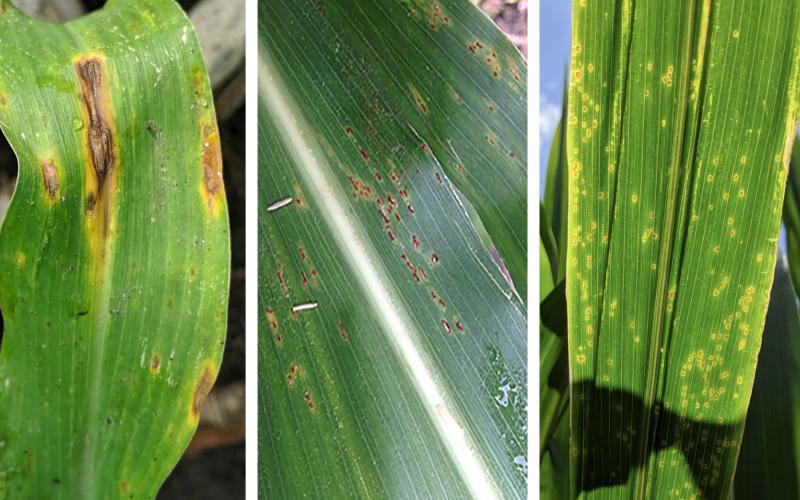
Is a Fungicide Needed for Developing Corn Diseases?
Corn is starting to tassel in several locations across the state. This is also the growth stage when a fungicide may be applied to control fungal leaf diseases. Diseases currently starting to develop are: anthracnose leaf blight, common rust and eyespot.